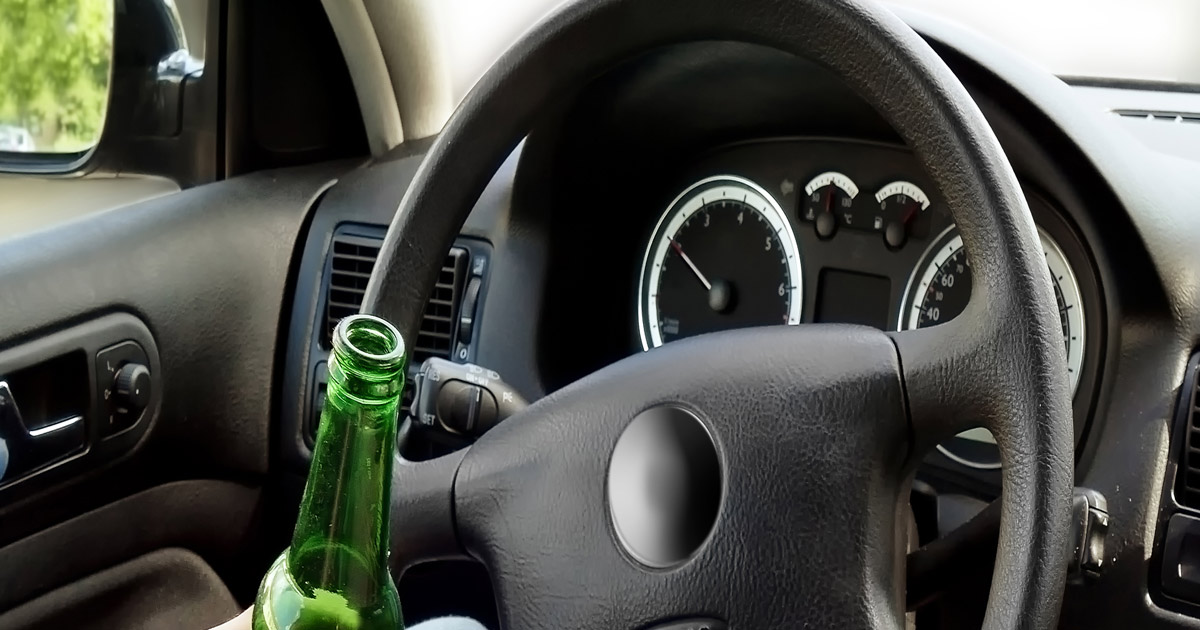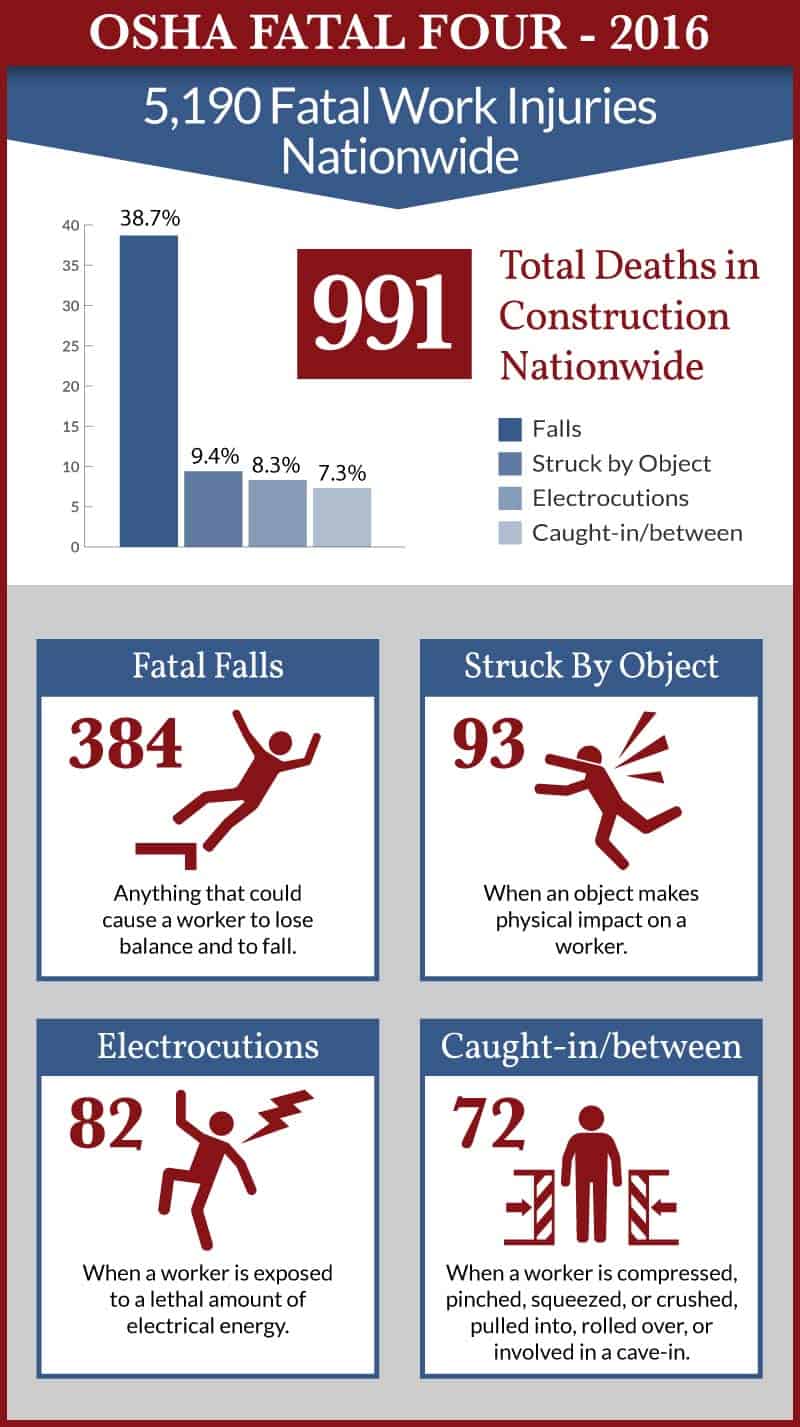Congress Inches Closer to Drunk Driving Technology

Drunk driving is a major cause of serious car accidents and deaths in the United States. The problem is persistent as there are more than 10,000 traffic fatalities due to drunk driving every year, according to a study by the National Highway Traffic Safety Administration (NHTSA). On average, someone is killed in a drunk driving crash in the United States every 50 minutes. In a recent year, over one million drivers were pulled over for driving while under the influence of alcohol or narcotics. In that same year, 10,000 people died in alcohol-related crashes, accounting for more than a quarter of all vehicular crashes. Seventeen percent of those casualties were children under the age of 15.
In addition to costing lives, drunk driving is expensive and time consuming. So far, efforts to reduce the frequency of drunk driving crashes have not had the best results. Even the most vigilant patrolling by police officers cannot get enough drunk drivers off the road before they crash. Additional efforts by law enforcement to schedule periodic awareness campaigns accompanied by heightened enforcement and sobriety checks are helpful. However, these activities have not done enough to reduce drunk driving.
What are the Effects of Driving After Drinking Alcohol?
Drunk driving is dangerous because it causes major impairments. A person with an elevated blood alcohol level suffers from a combination of loss of focus, coordination, and reaction time, as well as the inability to correctly perceive the degree of impairment. This combination makes drunk driving particularly dangerous.
Alcohol is measured by weight per volume of blood. A blood alcohol concentration (BAC) over 0.08 increases the likelihood of a crash exponentially. In 49 states, the legal limit for BAC is 0.08. Someone who had four drinks will most likely have a BAC over 0.08. For BAC levels over 0.10, drivers experience even greater impairments. They show significant loss in coordination, reaction time, and control. They will be far less able to maintain lane position and brake appropriately. A driver having this high of a BAC level will also exhibit slurred speech. Bottom of Form
How Do States Regulate Driving Activities?
While states regulate vehicular licensing and enforcement activities individually, most share the same features in regulating driving activities. Licenses are often graduated. States will first grant a driver’s permit that imposes restrictions, such as being accompanied by an experienced driver or only being permitted to drive during daylight.
Penalties for driving while impaired also vary by state. Charges can range from misdemeanors to felony offenses, which can include fines, revocation of the drivers’ license, and jail time. Fines can also be expensive; a first-time offense can cost thousands of dollars in fines and legal fees. Some states also require an offender to pay for an ignition interlock system to be installed in their vehicle. It connects a breath test device to the ignition and the vehicle will only start if the driver blows into the system and has a BAC level below the pre-set limit.
Federal Legislation Mandates Development of Drunk Driving Technology
Recently, the House of Representatives passed a bill to commit a $1.5 trillion investment in transportation infrastructure and related activities. The bill directs the NHTSA to establish a rule that requires new cars to be outfitted with advanced drunk driving prevention technologies within five years. The federal government has already invested millions of dollars into research and development of blood alcohol detection technologies, such as the Driver Alcohol Detection System for Safety (DADSS). Public and private partnerships between the federal government and car manufacturers have developed prototypes that passively detect driver intoxication and eliminate the need to require a driver to actively blow into a breathalyzer. If the system detects the driver has a BAC level above 0.08 percent, it will prevent the car from moving.
What are DADSS Systems?
The DADSS breath detection system draws a driver’s exhaled breath into a sensor that measures concentrations of alcohol and carbon dioxide. The touch detection system measures blood alcohol levels just below the surface of the driver’s skin. It uses an infrared light to measure the amount of light reflected on the surface of the skin, which detects the concentration of alcohol in the blood. Another technology has also been in the works; a system that operates using in-car cameras to monitor driving behavior. Known car manufacturer Volvo does not intend to wait for the NHTSA to act; it has already developed in-camera technology and intends to manufacture new vehicles equipped with the technology this year.
Concerns About Requirements
Congress is somewhat supportive of requiring manufacturers to include these technologies in new vehicles as soon as it can be made commercially available. However, there are mixed reactions to the bill. The American Beverage Institute, who represents restaurants, claims that these technologies cannot accurately measure BAC as it metabolizes. They argue that even with a high success rate of detection, DADSS could still malfunction more than 3,000 times a day, leaving sober drivers stranded and drunk drivers allowed to operate their cars. Other entities are in favor of the bill, such as Mothers Against Drunk Driving (MADD). One member believes technology, such as DADSS, is the only way to prevent drunk driving.
What can I Do to Prevent a Drunk Driving Accident?
It is important to take precautions to prevent incidents where driving drunk is possible. Tips for avoiding drunk driving accidents include the following:
- Before attending a party, select a non-drinking friend to serve as a designated driver.
- Keep a friend who has been drinking from getting behind the wheel by arranging a ride home.
- If one is drunk and needs to get home, they should call a taxi, rideshare service, or a friend to drive them home.
- If one is hosting a party, they should be mindful to not serve too many drinks to guests. They should also ensure intoxicated guests leave with sober drivers.
- Always wear a seat belt.
- If one witnesses an impaired driver, try to remember the make and model of the car, as well as the license plate number. Contact law enforcement and report the issue right away. If a car accident does occur, it is also important to contact a car accident lawyer.
Bucks County Car Accident Lawyers at Freedman & Lorry, P.C. Protect Victims Injured by Drunk Drivers
Making decisions after a drunk driving accident can be overwhelming. Our experienced Bucks County car accident lawyers at Freedman & Lorry, P.C. protect victims injured by negligent drunk drivers. We understand that these cases are difficult. Complete our online form or call us at 888-999-1962 for a free consultation today. Located in Philadelphia, Cherry Hill, New Jersey, and Pinehurst, North Carolina, we serve clients throughout Pennsylvania.
